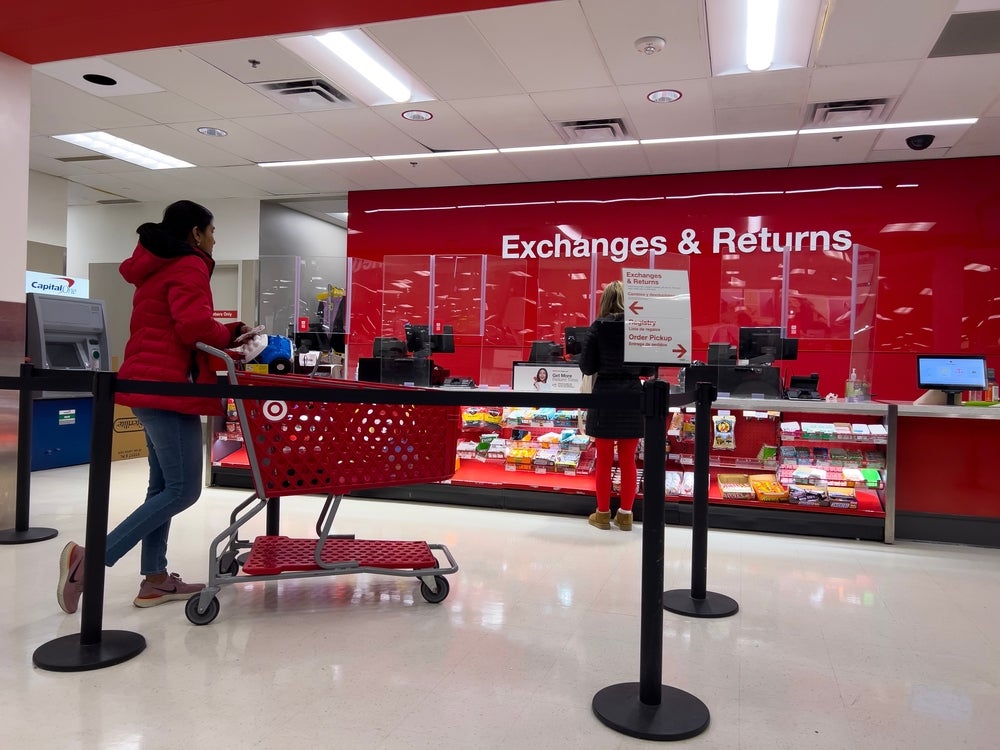
As inflation continues to affect shoppers’ spending habits, online retailers are grappling with a significant profit drain caused by high return rates.
The Wall Street Journal reported that in the US, returns have become a top priority for retailers, who are implementing various strategies to address the issue.
The surge in return rates during the Covid-19 pandemic, coupled with the uncertainty of online shoppers regarding size and fit, led to returns in 2022 being approximately 14% higher than in 2019, according to returns-management company, Narvar.
Efforts to reduce returns gain momentum
To combat the costly impact of returns, online retail giant Amazon has taken steps to reduce return rates. It now displays a red down-pointing triangle next to products with high return rates, providing a warning to shoppers.
Additionally, Amazon charges a $1 fee for returns via UPS when a nearby Amazon Fresh, Whole Foods Market or Kohl’s store is available. The company claims that by revealing return rates, it aims to assist customers in making more informed purchase decisions.
While free returns are often regarded as crucial by customers, research suggests that even when this option is absent, shoppers still make purchases. Retailers like JCPenney have started charging $8 for returns by mail, highlighting the disparity between consumer surveys and actual behaviour.
The changing landscape of retail prioritises profits
The retail industry is experiencing a significant shift, with a growing emphasis on prioritising profits over growth. Valuations of digital retailers have declined, capital has become scarcer and concerns about the economy have emerged due to rising interest rates.
Returns, alongside higher customer acquisition costs resulting from changes made by tech companies like Apple and Google that limit shopper tracking, contribute to the challenges faced by e-commerce firms. Even though many major e-commerce companies took years to achieve profitability, a substantial number continue to operate at a loss.
To streamline operations and boost profits, retailers are exploring various strategies. They are shortening return windows, incentivising in-store returns and encouraging customers to keep unwanted items.
Online dress retailer Dress the Population started offering discounts ranging from 10% to 70% for customers who opt to keep their purchases.
This initiative has reduced the overall return rate by 7% and has halved the cost of returns. Meanwhile, women’s clothing retailer Tuckernuck established a dedicated fulfilment centre to process returns more efficiently, leveraging software that enables faster sorting and refurbishing for resale.
Identifying customers who frequently return items is key
Identifying heavy returners has become crucial for retailers, as a small percentage of customers account for the majority of returns. Bloomreach, a technology provider specialising in personalised online experiences, helps retailers identify these customers to avoid inadvertently rewarding them with deals and discounts.
By minimising inventory and markdown rates, retailers can increase profitability and sell goods closer to full price.



